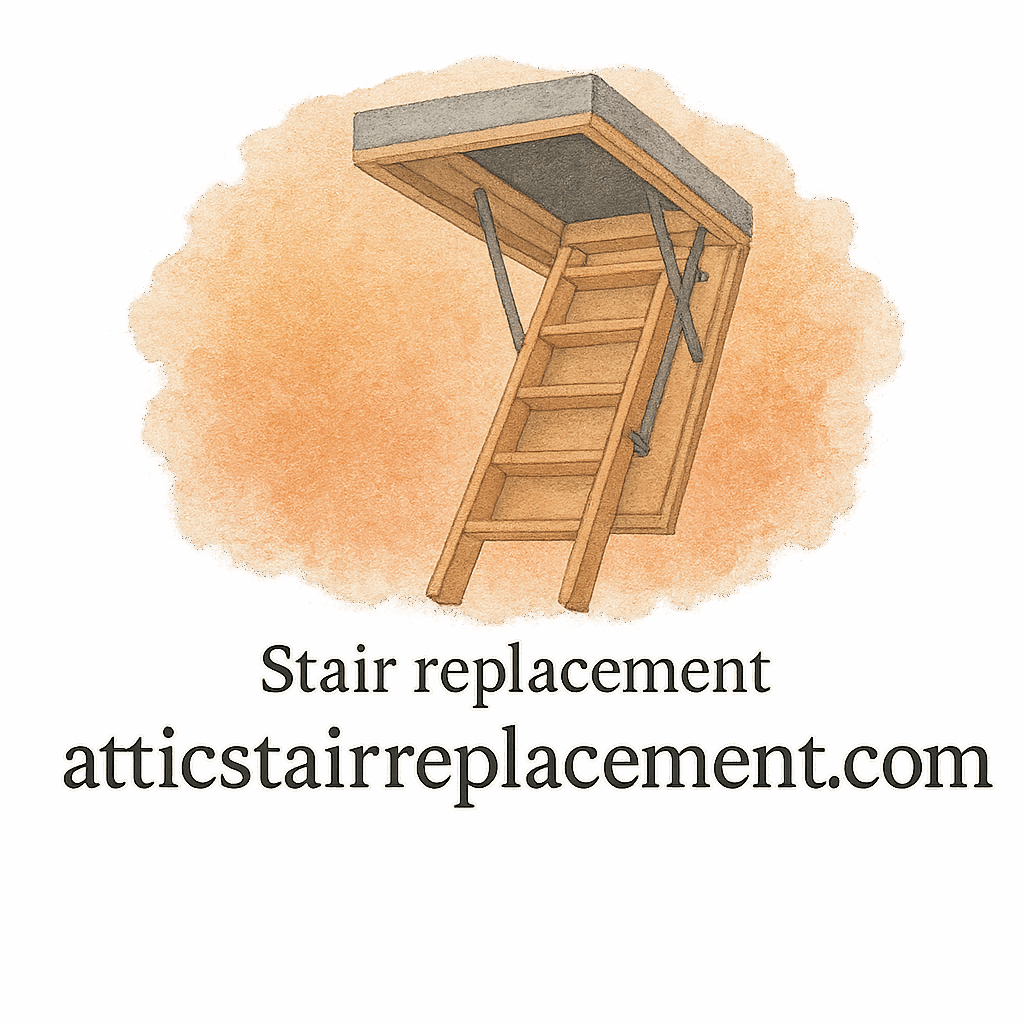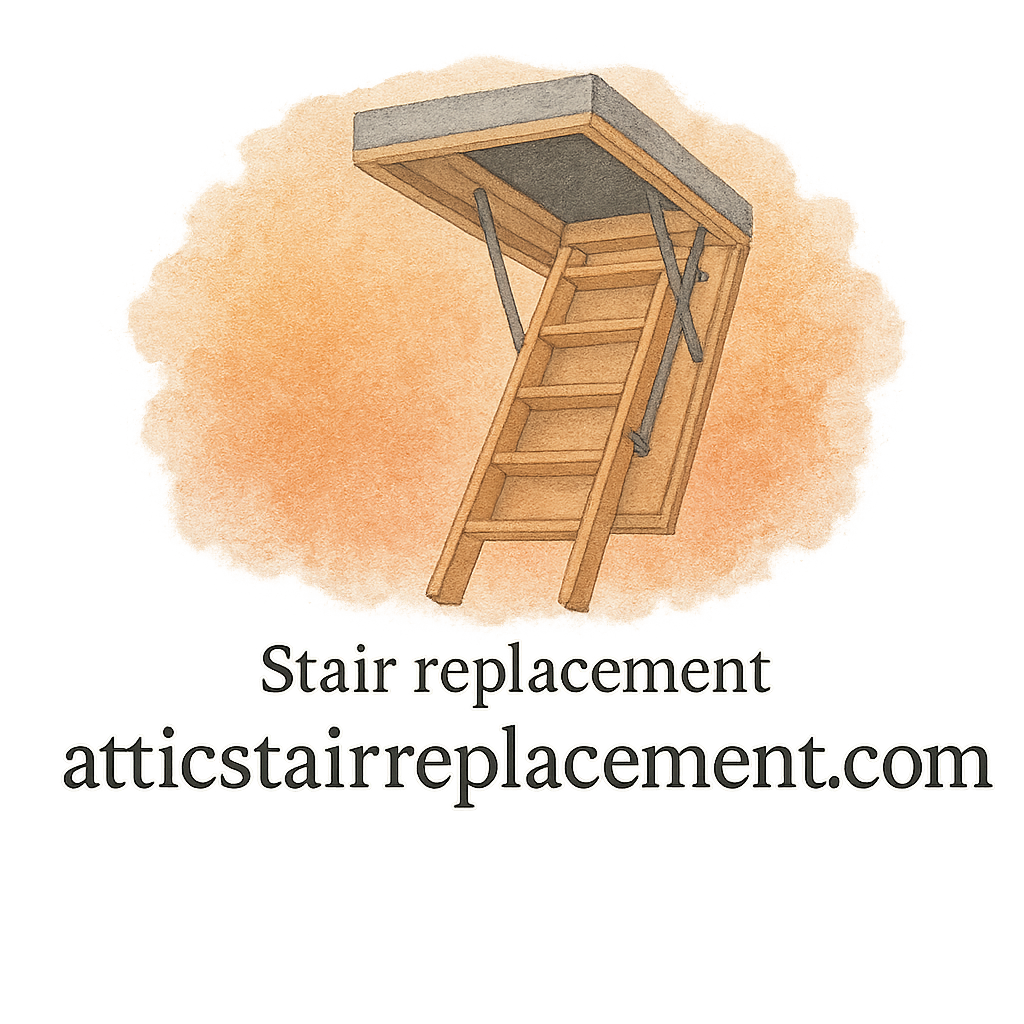Introduction
Ever walked up your attic stairs and heard something that just didn’t sound right? You’re not alone. Those odd creaks, clanks, or rattles could be your attic stairs crying out for help—literally. Ignoring them could lead to damage, injury, or expensive repairs. Today, we’re diving into the 7 key warning sounds that tell you it’s time for an attic stair replacement.
Why Listening to Your Attic Stairs Matters
Safety First: The Real Cost of Ignoring the Signs
Think of your attic stairs like a trusted ladder. If that ladder started groaning and squeaking every time you stepped on it, would you still use it? Probably not. Ignoring warning sounds can risk structural failure or even personal injury.
Aging Materials and Daily Wear
Most attic stairs aren’t made to last forever. Daily use, changes in temperature, and material fatigue can all take a toll. When your stairs start making noise, it’s their way of telling you something’s off.
Sound #1: Creaking That’s Getting Louder
What Causes Persistent Creaking?
Creaking is normal—until it becomes constant. Loud, repetitive creaks typically signal that joints or treads are loose or worn out.
When It’s More Than Just “Old House Noises”
If the creaking seems to worsen over time or happens even when you’re not stepping directly on a spot, that’s a big red flag. It might be time to look into a full attic stair replacement.
Sound #2: Metallic Clanks or Bangs
Hinges and Springs Telling You Something’s Wrong
That loud CLANK when you open or close your attic stairs? It’s probably not supposed to happen. Metallic noises often point to issues with springs, hinges, or brackets.
Loose Bolts or Frame Shifting
Over time, hardware can loosen, causing parts to bang against each other. If left unchecked, you could end up with a staircase that doesn’t align properly or collapses under pressure. Don’t wait—consider a checkup or DIY installation if you’re handy.
Sound #3: Squeaky Treads and Steps
Wood Movement and Deterioration
When the wood in your steps begins to squeak, it’s likely due to shrinkage or warping. Over time, this weakens the integrity of each step.
Risk of Slips and Falls
Loose or squeaky treads can lead to accidents—especially if you’re carrying boxes or using both hands. Stay safe and explore expert advice to know your best options.

Sound #4: Groaning or Flexing Sounds
Structural Weakness Under Load
If your attic stairs groan or flex when you’re walking on them, it’s not just being dramatic. That sound could mean the structure is failing under your weight.
Signs You Need Immediate Inspection
If the flexing is extreme, it’s time to stop using the stairs and look into a home improvement solution immediately. Your safety depends on it.
Sound #5: Rattling When Closing the Stairs
Misalignment and Compromised Hardware
A rattling staircase when being closed is like a door that won’t shut properly. Something’s out of alignment, or a component has gone loose.
The Hidden Cost of Delay
Delaying repairs could cause long-term damage and might result in more expensive fixes later on. Learn how to avoid those hidden costs with preventative care.
Sound #6: Grinding or Dragging
Rusty Tracks or Faulty Mechanisms
Metal-on-metal grinding or dragging can occur when your staircase track has rusted or warped. Not only is this unpleasant—it’s dangerous.
How This Affects Your Home’s Value
No one wants to buy a home with malfunctioning attic access. Replacing noisy stairs can actually boost resale value. Check out product reviews to find a quiet, durable model.
Sound #7: Popping or Snapping Noises
Expansion, Contraction, and Cracks
Temperature shifts can cause wood or metal to expand and contract, leading to snapping sounds. But sometimes, those pops mean a crack is forming inside the material.
When Popping = Structural Danger
If your attic stairs sound like popcorn, something might be about to give way. Consult expert advice before using them again.
What to Do If You Hear These Sounds
DIY Inspection Tips
Before calling in the cavalry, give your stairs a basic inspection. Check for:
- Loose bolts or screws
- Warping or visible cracks
- Rust or discoloration
- Misaligned hardware
Read more at our DIY installation section for safe, hands-on options.
When to Call a Professional
If anything seems unsafe or confusing, contact a contractor with experience in attic systems. Explore contractor advice and know when to DIY vs hire out.
Choosing the Right Replacement Stairs
Durability, Budget, and Installation Options
When shopping for new attic stairs, consider:
- Material: Aluminum, steel, or wood?
- Weight capacity: Do you store heavy items?
- Budget: Affordable options don’t mean cheap quality.
For budget-savvy picks, see our attic stair replacement tag for curated advice.
Regular Maintenance to Prevent Issues
How to Extend the Life of Your Attic Stairs
- Lubricate hinges annually
- Tighten bolts and screws every season
- Check for rust or cracks
Follow our maintenance and repair guide to keep things running smoothly.
Conclusion
Those weird sounds coming from your attic stairs aren’t just spooky—they’re signals. Paying attention now could save you thousands later. Whether it’s a creak, a snap, or a groan, understanding the warning signs is your first step toward a safer home. Need help figuring it all out? Our site is packed with expert advice, DIY tips, and trusted product reviews to make your attic access strong, safe, and silent.
FAQs
1. How do I know if attic stair noises are serious?
If the sounds are loud, frequent, or have changed suddenly, that’s a sign something needs fixing or replacing.
2. Can I fix noisy attic stairs myself?
Some minor issues like loose screws or light lubrication can be DIY’d. But structural problems should be handled by a pro. See our DIY section for help.
3. Are all attic stair noises bad?
Not always. Occasional soft creaks are normal, but anything loud, grinding, or popping should be checked.
4. What materials are best for quiet attic stairs?
Aluminum and steel models tend to make less noise over time compared to old wood, especially if properly installed.
5. How much does attic stair replacement cost?
It varies by material and labor, but you can find affordable options in our budget guide.
6. How often should I inspect attic stairs?
At least twice a year. Also inspect after extreme weather or heavy use.
7. Where can I get reliable product reviews?
Visit our product reviews section to compare top-rated models before you buy.


